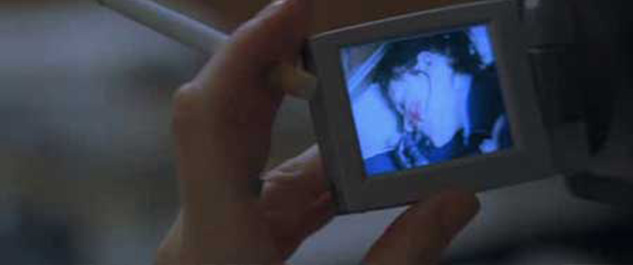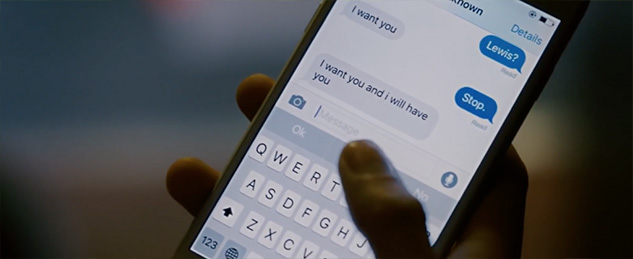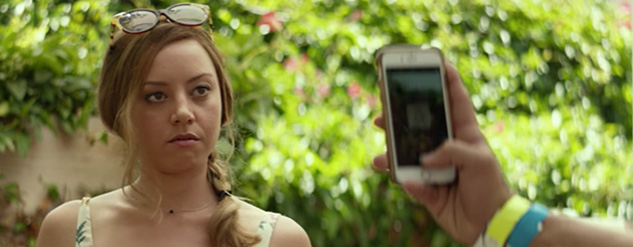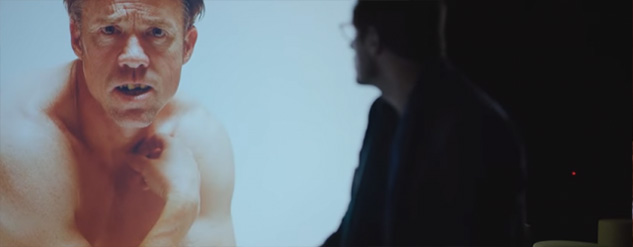5 Movies That Get Modern Internet Culture Right
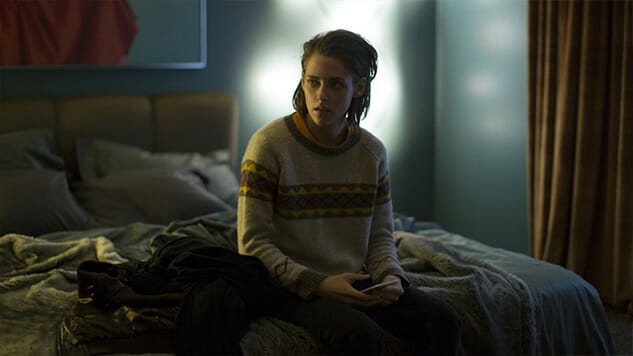
Movies haven’t always had the best record of depicting the rise of Internet and modern screen culture. For a technological shift that’s fundamentally altered how we communicate, how we lead our lives, its presence on the big screen has typically been little more than perfunctory references to “going viral” or kids who “be on that phone.”
With Searching joining a micro-genre of horror movies, like Unfriended and Profile, that unfold predominantly on phone and computer screens, it seems that the medium is finally starting to embrace the dramatic potential of how we live through these devices. Here are the five movies that got it right.
-

-

-

-

-

-

-

-

-

-

-

-

-

-

-

-

-

-

-

-

-

-

-

-

-

-

-

-

-

-

-

-

-

-

-

-

-

-

-

-

